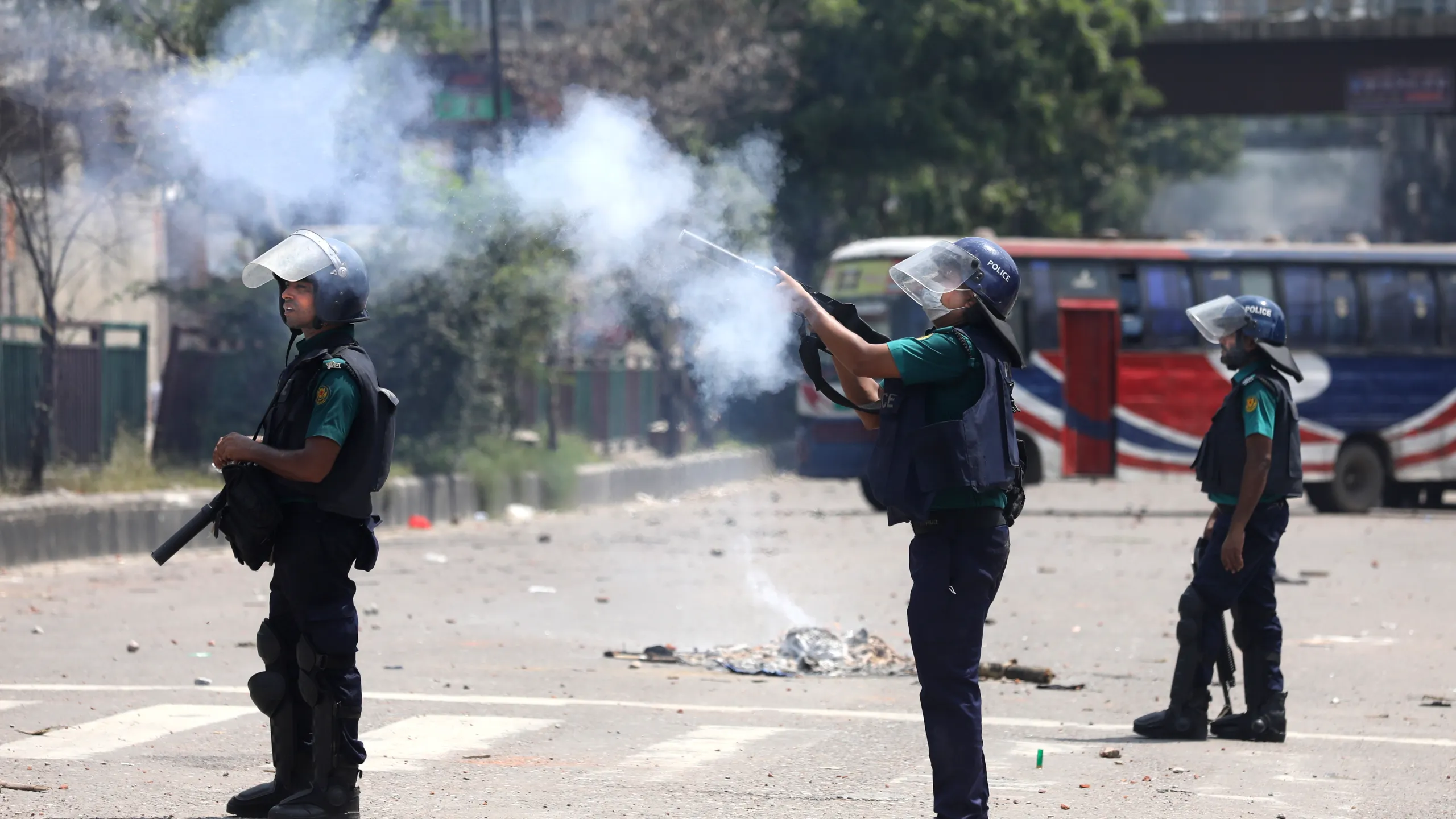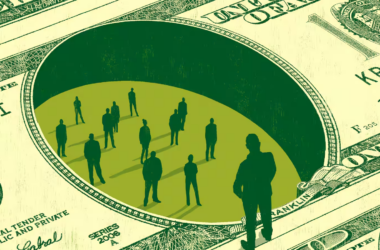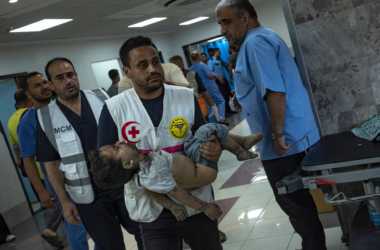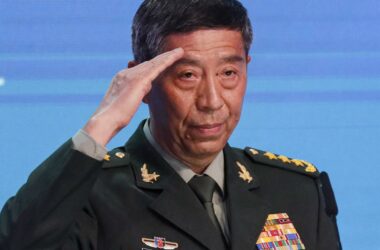Fresh protests have erupted across Bangladesh, just weeks after a brutal government crackdown sought to quell a student-led movement that initially focused on a controversial public-sector job quota system but has since expanded to address broader grievances.
As curfews and communication restrictions were eased, public anger over the violent suppression of last month’s protests has reignited, leading to widespread demonstrations. The previous crackdown, which involved the detention of student leaders and the arrest of about 10,000 people, temporarily silenced dissent but now appears to have only deepened public outrage.
The initial protests began in early July after a Dhaka court reinstated a quota system that reserved more than half of all civil service jobs for specific groups, including descendants of those who fought for Bangladesh’s independence. Students condemned the system as discriminatory and symbolic of broader issues like economic stagnation and cronyism within Prime Minister Sheikh Hasina’s increasingly authoritarian administration.
In response to the growing unrest, the government imposed a curfew and a communication blackout, which temporarily dispersed the demonstrators. However, these measures, along with a court ruling that partially addressed the students’ demands by reducing the quota-reserved jobs to 7 percent, have failed to quell the anger sparked by the violent crackdown that left over 200 people dead.
As protests resumed, demonstrators have been calling for accountability for the deaths and abuses suffered during the crackdown. “There’s a storm inside my chest,” protesters chanted near Dhaka College on Saturday. “I’ve bared my chest, go ahead and shoot.”
Salimullah Khan, a university professor and participant in the renewed protests, expressed deep mistrust in the government’s ability to deliver justice. “These killings were state-sponsored, carried out by state forces and their collaborators,” he said, reflecting a widespread sentiment among the protesters.
Despite Prime Minister Hasina’s recent attempt at conciliation, including an invitation to student leaders to discuss their grievances at her official residence, the protests have only intensified. The students have issued a nine-point list of demands, including a public apology from Ms. Hasina and the resignation of her close associates. They have also called for a “complete noncooperation movement” until their demands are met.
The protests gained momentum after Friday’s noon prayers, marking the start of the weekend in Bangladesh. Clashes between protesters and security forces have been reported across the country, resulting in at least two deaths, including a police officer. By Saturday, the demonstrations had swelled in size, signaling a deepening crisis for the Hasina administration as it faces one of the most significant challenges of its 15-year rule.








